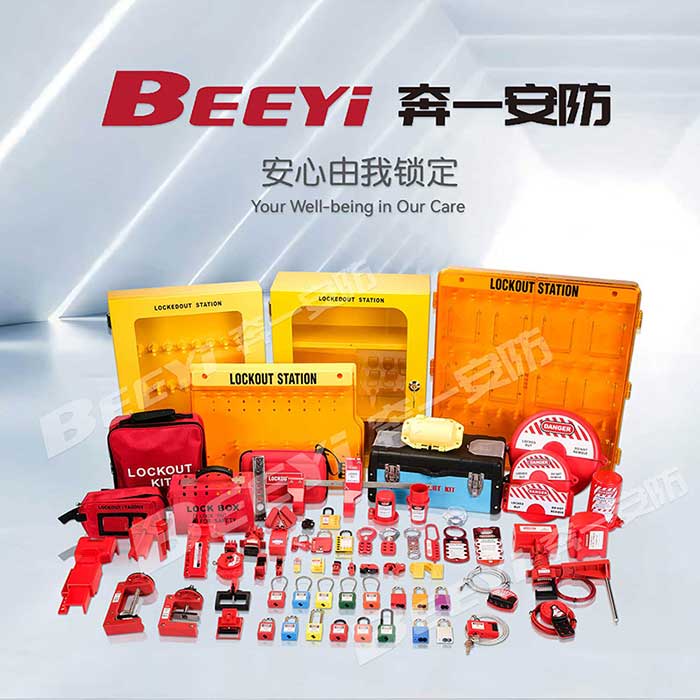Lockout equipment plays a crucial role in safeguarding workers in industrial and manufacturing environments. It is used to prevent the accidental release of hazardous energy, such as electrical power, steam, or compressed air, during the maintenance or repair of machinery. These safety devices are part of a broader safety program known as Lockout/Tagout (LOTO), which is widely recognized and implemented in industries worldwide to ensure a safe working environment. In this article, we will explore what lockout equipment is, its significance, and how it functions to protect workers.

What is Lockout Equipment? Lockout equipment refers to devices used to isolate energy sources in machinery and equipment to ensure that they cannot be accidentally operated while being serviced. These devices are typically employed in various industrial sectors, including manufacturing, chemical processing, and energy production, to manage risks associated with machinery maintenance and repairs. The primary function of lockout equipment is to physically secure an energy-isolating device, such as a valve, switch, or electrical circuit breaker, in the “off” or “safe” position. By locking or tagging the energy-isolating device, workers can prevent unauthorized or unintended activation of equipment, which could lead to serious injuries or fatalities.